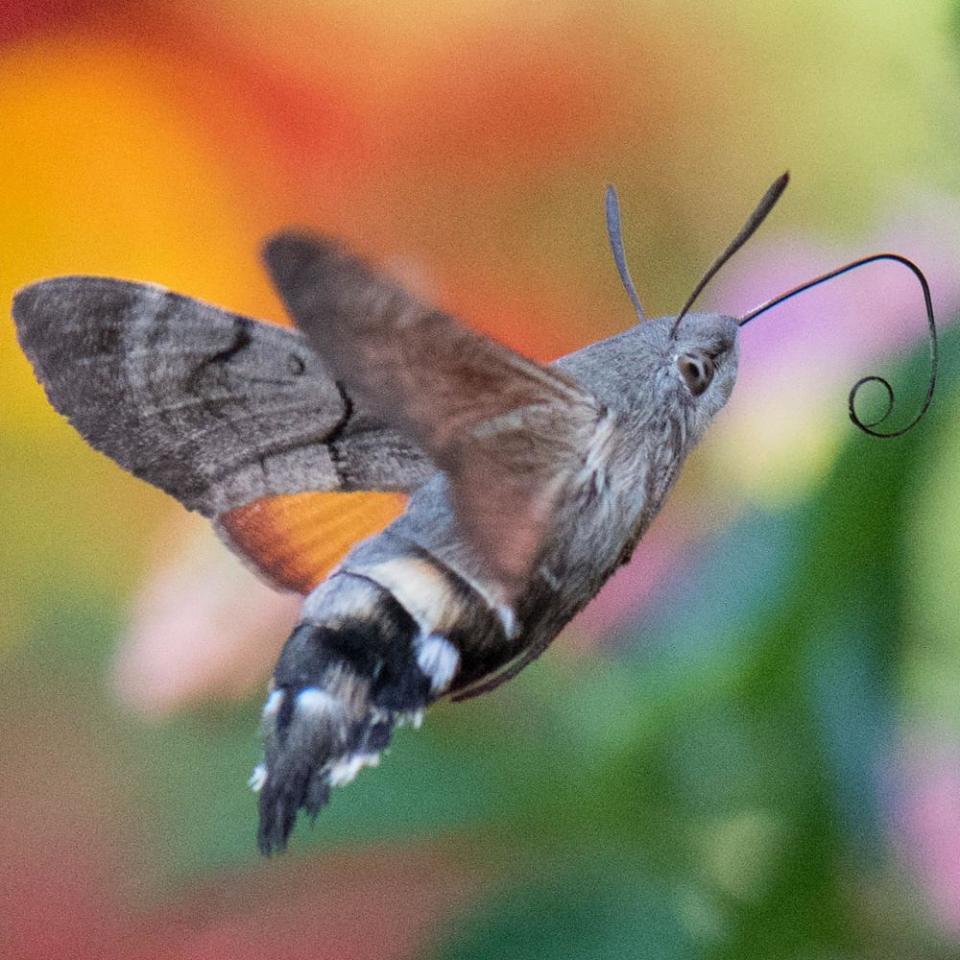Country diary: Honeysuckle twines its way towards the light
My boots are clarty with mud by the time I get home. So many walks this winter have been trudges like that, straddling runnels, using field rush as stepping stones, feeling weighted down by sticky earth. In the relentless brown of the woods I yearn for greenery and seek out small dabs of colour. The emerald velvet of moss beneath a tree, fronds of hard fern, trefoils of wood sorrel high in the cleft of an ash sapling.
It is honeysuckle leaves that have cheered me most. These delicate-looking shoots of floppy spring green first sprouted on tangled vines in December. It’s the normal time for them to emerge and something that brings promise to every winter. They leaf up early, before the canopy spreads on the trees. Honeysuckle roots grow in the damp humus of woodlands, but the plant’s twisting lianas climb using the trees for support, carrying their leaves and flowers closer to the light.

A length of honeysuckle, pencil-thin, has bound itself around a branch. I try to lever it away, but it is growing so tightly that there is no give in it. Another has wrapped itself round like a boa constrictor and grown as fat as the tree itself, in its turn hosting a clinging spread of feathery mosses.
Always growing clockwise, woodbine is another name for our native climber, Lonicera periclymenum. With no tendrils to help it cling, twining is its only way. Branches contorted by honeysuckle develop barley-sugar twists, the exuberant spiral forms making unusual walking sticks.
With flowers blooming high up, their sweetness pours into the evening air. This attracts moths with long proboscises such as hummingbird hawkmoths and elephant hawkmoths, which can access nectar down the creamy pink-flushed tubes. Caterpillars of gold spangle, lilac beauty and many-plumed moths feed on its leaves and it is the sole larval plant of the white admiral butterfly. Thrushes and bullfinches, mice and squirrels eat the shiny red berries.
Those pale green winter leaves take me forwards into summer days when tangled hedgerows are thick with honeysuckle flowers. Then I will suddenly catch that jasmine scent at dusk along a woodland path and hopefully have less mud beneath my feet.
• Country Diary is on Twitter at @gdncountrydiary

 Yahoo Movies
Yahoo Movies 
